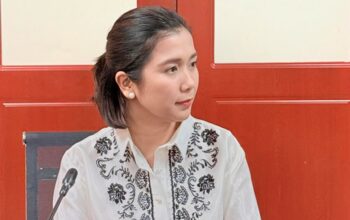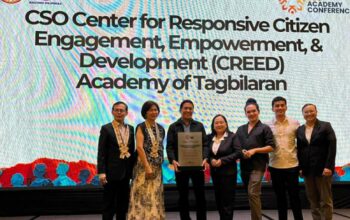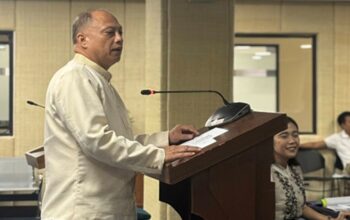
PROVINCIAL Board Member Elpidio Jala has reminded the provincial government that it cannot tax earth materials extracted from a private land, except for public lands.
He cited the case of “Province of Bulacan versus Court of Appeals wherein the Supreme Court held that the province has no authority to impose taxes on stones, sand, gravel, earth and other quarry resources extracted from private lands because of the limitation on Section 133 and 151 of the Internal Revenue Code. The province can only impose a tax on stones, sand, gravel, earth, and other quarry resources extracted from public lands.”
In his privilege speech lately, he told his colleagues in the Sanguniang Panlalawian that Ordinance No. 024-2020, “that the province may levy and collect not more than 10% of the fair market value in the locality per cubic meter of ordinary stones, sand, gravel, earth and other quarry materials as defined under the National Internal Revenue Code as amended, extracted from public lands or from the beds of seas, lakes, rivers, streams, creeks or other public waters within the territorial jurisdiction,” therefore, needs to be reviewed.
The provincial government has been and still is taxing quarry materials extracted in both public and private lands in Bohol since the devolution began when the Local Government Code (LGC) of 1991 took effect the following year.
Jala raised the crucial issue on taxing private lands where quarries are located since he wanted that the school ground where he once taught be filled with earth filling materials.
“The vicinity of the school needs to be filled up but unfortunately, the nearest quarry is a private land which failed to get a permit so quarry materials could not be taken,” he said.
He said that “There is no distinction between private and public land” but the Provincial ordinance governing quarrying included quarries in private lands.
“Provincial Treasurer’s Office, is presently collecting a tax of 10% of the fair market value per cubic meter of sand, gravel, earth, ordinary stones and other quarry resources extracted from private lands within the territorial jurisdiction of the province,” environment committee chair Board Member Resituto Auxtero said.
Under the LGC 0f 1991, the sharing of tax collected from quarries is the following: Province get 30%; Municipality, 30%; and barrio (where the quarry is located), 40%.
But for Auxtero, environment committee chair, such taxing on private lands is not illegal.
But he agreed that the “legal basis of collecting taxes on private lands cannot be found in the Revised Bohol Mining Ordinance of 2020 or in the Local Government Code of 1991.”
Setion 138, providing for the province to impose and collect extraction in public lands of the Local Government Code did not mention “private lands.”
“What is being provided, there are extraction fees of not more than 10% of the fair market value per cubic meter of sand, gravel, and other quarry resources extracted from public lands only,” Auxtero said.
“Now, ang legal basis for the Provincial Government to collect taxes from private lands mao ang atong Revenue Code, pursuant to Provincial Ordinance No. 97-001,” he said.
He concluded that, “considering that this has been presented maybe previously through public hearing so, this makes it legal, I think? I don’t know if this is really considered as illegal because this has passed the process.” (rvo)



